
Limoncello: the easy Italian liqueur recipe for homemade limoncello
;Resize,width=742;)
Limoncello is an Italian lemon liqueur, mainly produced in Southern Italy, especially in Amalfi, Naples, and Sorrentine Peninsula. With its bright yellow color, it is enjoyed by lemon-lovers all over the world. It’s often served after meals as a digestive but is also used in the preparation of cocktails and desserts.
This homemade limoncello needs at least two weeks to steep in a cold, dry place. The result is sweet, tart, and deliciously citrusy drink. It’s important to use strong alcohol for this, so make sure you see our tips below for the best results. While the homemade limoncello is made using 100-proof alcohol, the final percentage of alcohol in the limoncello is about 30%.
What Is Limoncello?
Limoncello is a popular liqueur symbolizing the Amalfi coast in the Gulf of Naples. It’s enjoyed worldwide as an aperitif (before a meal) or a digestif (after a meal). Limoncello is made by steeping lemon peels in alcohol for some time. This results in a strong, citrusy liqueur.
The history of limoncello is unclear, its origin is still disputed between the inhabitants of Amalfi, Sorrento and Capri. The "Limoncello" trademark was registered for the first time in Capri in 1988 by the entrepreneur Massimo Canale and many believe that the invention of this famous liqueur is linked to the Canale family. In fact, limoncello was created in the early 20th century from a grandmother's recipe as a homemade preparation but it became so popular that it was produced on an industrial level.
What Kind Of Alcohol To Use For Limoncello?
The best type of alcohol to use for this recipe is Everclear 190-proof. If you can’t find it in a store near you, you can also try 100-proof Vodka like New Amsterdam, Smirnoff, Svedka, or Absolut. Using higher-proof grain alcohol will result in a smoother limoncello with a better flavor.
What Are The Best Lemons For Making Limoncello?
While you can use any lemons for this recipe, it’s best to use organic lemons like the ones you can find in Sorrento. Not only are organic lemons usually unwaxed (which means you will get a better extraction), but they are also free from pesticides. This is important as you will be using the peels.
How To Make Limoncello at home
Prepare the lemons first. Use a sharp knife to carefully remove the peel from the lemons. Try to remove the peels without too much of the bitter pith remaining. Place the lemon peels in a glass jar and top with the alcohol. Cover and allow the peels to steep for 2 weeks to 1 month. The longer the lemon peels sit in the alcohol, the stronger the lemon flavor will be in the end.
After the steeping time is over, you can prepare the sugar syrup. A simple 1:1 ratio is used for the sugar and water, but you can change it slightly depending on how you want the limoncello to taste in the end. More water will result in a milder limoncello, while more sugar will make the limoncello sweeter.
Pour water into a pan, add sugar and let dissolve until you get a syrup. Remove from the heat and strain the alcohol with the lemon peel. Mix well and pour into a glass bottle. Store the limoncello in a cool, dark place. It’s important to keep it away from direct sunlight as heat and light can destroy the active ingredients in the limoncello and affect the taste.
How To Drink Limoncello
Limoncello should be served as cold as possible. Place it in the fridge or freezer for at least 4 hours and pour it into chilled shot glasses for serving. Colder limoncello has a better flavor.
Tips
To prevent a bitter taste, try to get as little as possible of the pith on the peel.
The longer it steeps, the better the flavor. Some leave it to steep for up to two years.
You can increase or decrease the amount of sugar according to your taste.
How To Store Homemade Limoncello
Once opened, store the limoncello in the fridge for up to one month or in the freezer for up to 1 year.
Ingredients
Instructions
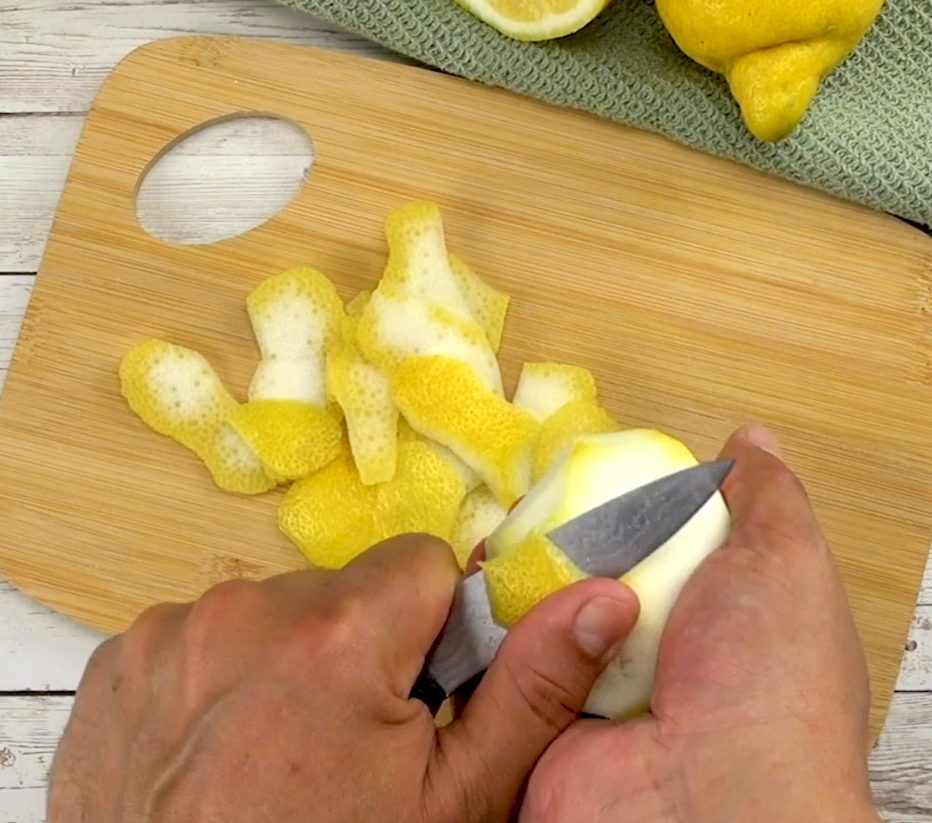;Resize,width=712;)
Using a sharp knife, remove the peel from five lemons.
Using a sharp knife, remove the peel from five lemons.
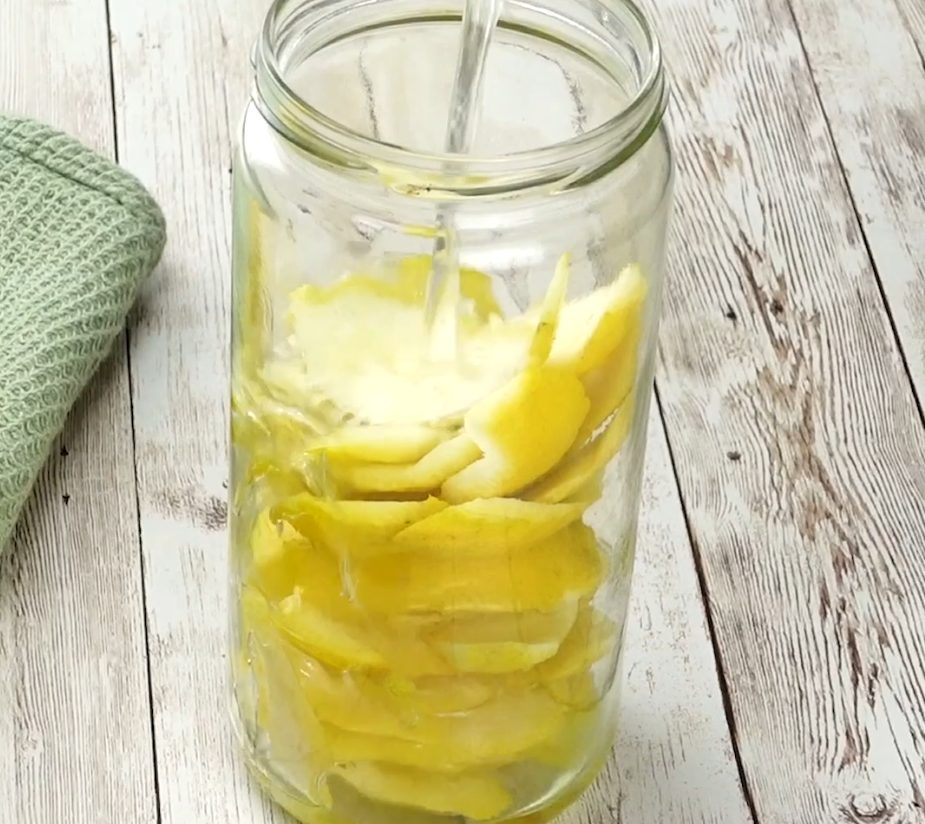;Resize,width=712;)
Place the lemon peels in a glass jar and top with the alcohol.
Place the lemon peels in a glass jar and top with the alcohol.
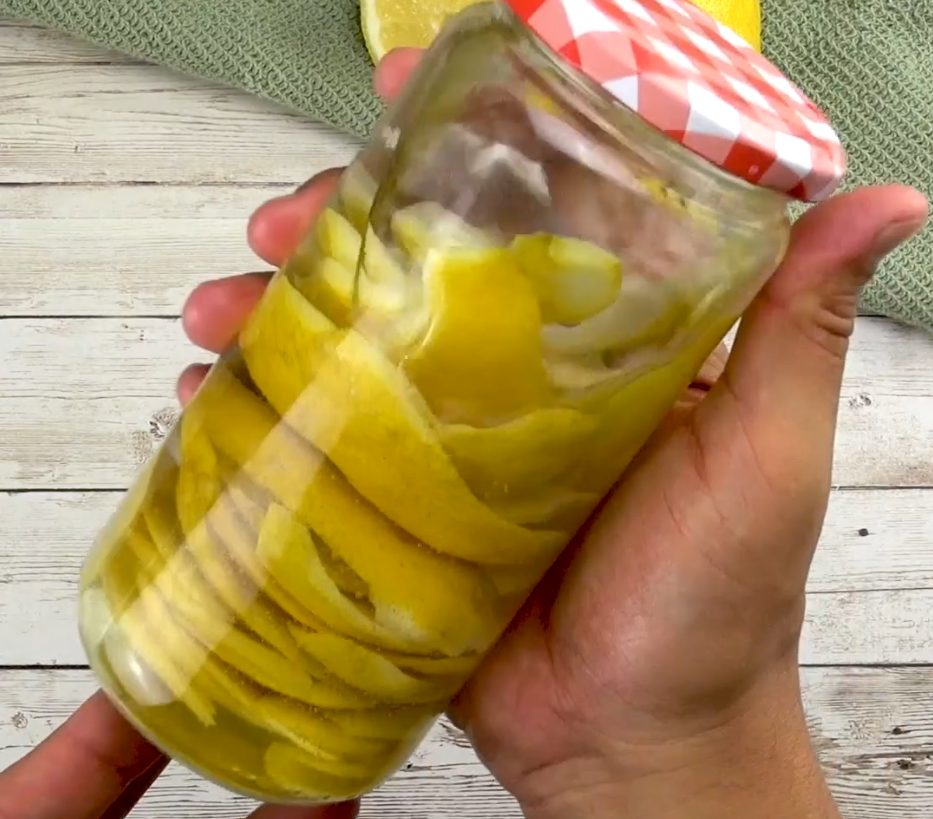;Resize,width=712;)
Cover and allow the peels to steep for 2 weeks to 1 month.
Cover and allow the peels to steep for 2 weeks to 1 month.
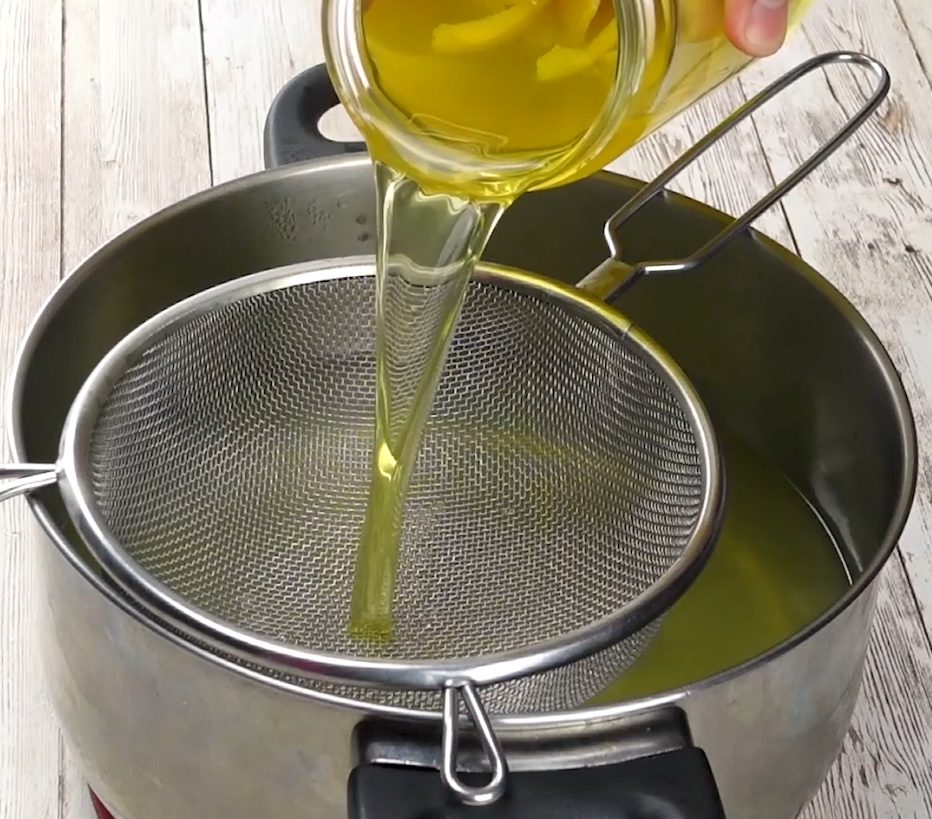;Resize,width=712;)
Pour water into a pan, add sugar and let dissolve until you get a syrup. Remove from the heat and strain the alcohol with the lemon peel.
Pour water into a pan, add sugar and let dissolve until you get a syrup. Remove from the heat and strain the alcohol with the lemon peel.
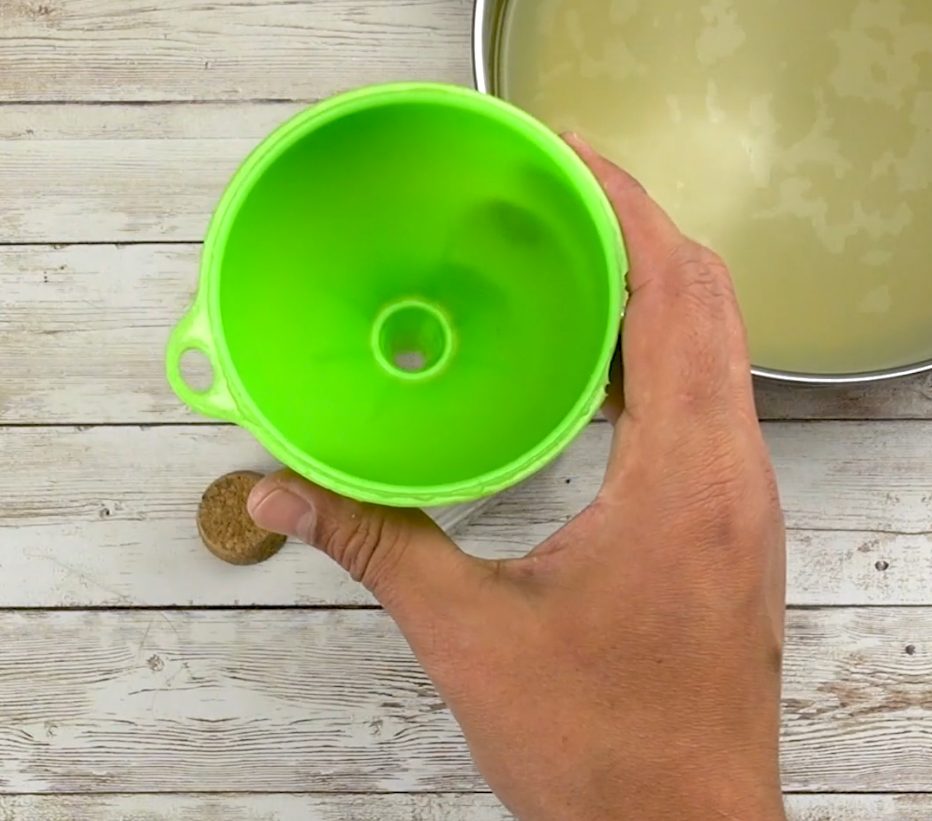;Resize,width=712;)
Mix well and pour into a glass bottle.
Mix well and pour into a glass bottle.
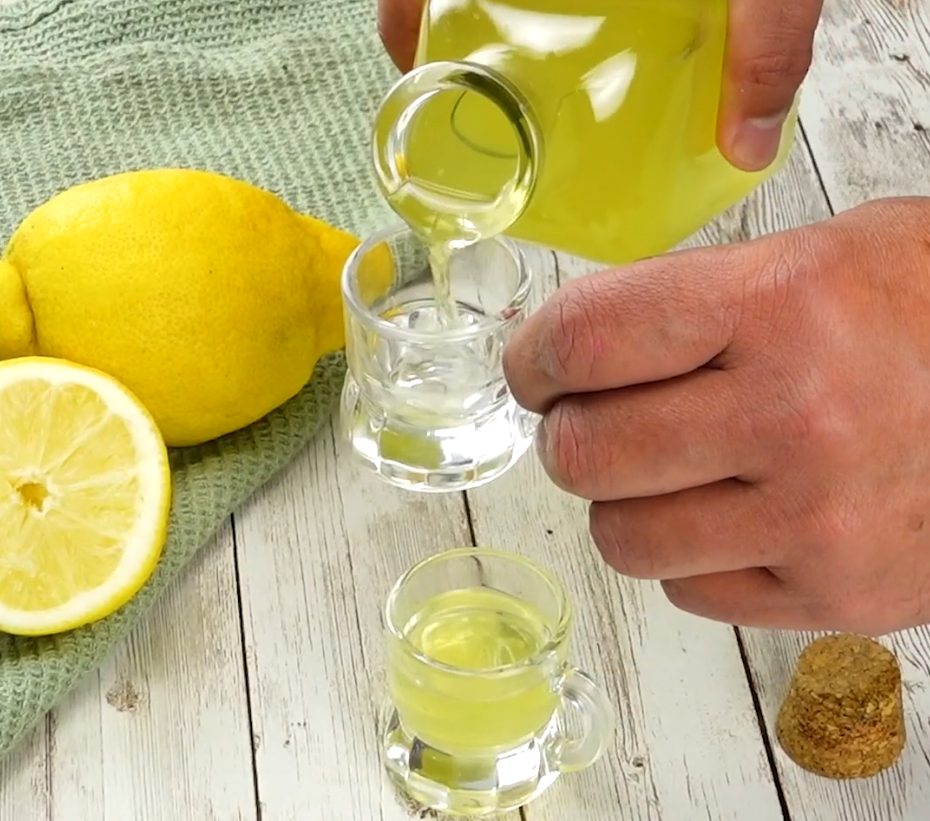;Resize,width=712;)
Serve and enjoy!
Serve and enjoy!
Notes
Feel free to experiment with other citrus fruits like grapefruits, oranges, and tangerines.
;Resize,width=767;)
;Resize,width=712;)
;Resize,width=712;)
;Resize,width=712;)
;Resize,width=712;)
